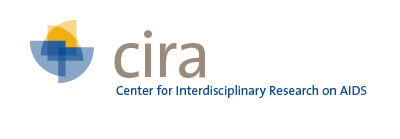| Abstract | OBJECTIVES:: Antiretroviral (ARV) resistance is of concern. Opioid agonist treatment (ie, methadone or buprenorphine) is effective and decreases HIV transmission risk behaviors and HIV seroconversion. Despite prevention efforts, injection drug use (IDU) and risky sexual behaviors remain prevalent in patients receiving opioid agonist treatment. The purpose of this study is to determine in HIV-infected patients receiving opioid agonist treatment, the prevalence of HIV transmission risk behaviors, the prevalence of ARV resistance, and the prevalence of ARV resistance among those with risk behaviors. METHODS:: The design was a cross-sectional study of patients recruited from opioid treatment programs and outpatient practices. We measured demographic, drug treatment, and HIV clinical information (including ARV adherence), self-reported HIV risk behaviors and drug use, urine toxicologies, and genotype testing for ARV resistance (with both standard assays and ultradeep sequencing). Data analysis included descriptive statistics. RESULTS:: Fifty-nine subjects were enrolled, 64% were male, 24% were white, and mean age was 46 years. Fifty-three percent were receiving methadone, 47% were receiving buprenorphine, and 80% were receiving opioid agonist treatment for 12 weeks or more. Fourteen percent reported unprotected sex, 7% reported sharing needles or works, and 60% had positive urine toxicology for illicit drug use. Fifteen percent had evidence of HIV resistance by standard genotyping; 7% with single class resistance, 3% with double class resistance, and 5% with triple class resistance. Ultradeep sequencing found additional class resistance in 5 subjects. Twenty-two percent of subjects with evidence of transmission risk behaviors versus 14% of subjects without risk behaviors had evidence of ARV resistance. CONCLUSIONS:: Improved prevention and treatment efforts may be needed for HIV-infected, opioid dependent individuals receiving opioid agonist treatment to decrease transmission of ARV resistant virus, especially in resource limited settings. |


